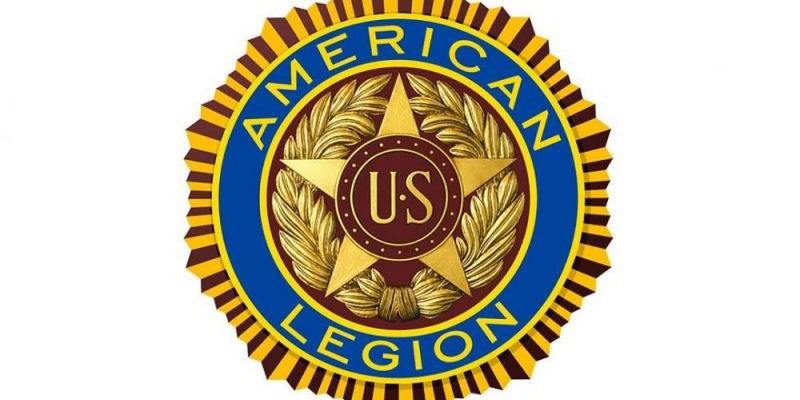Rural MCA scores steady, near state averages
Published 10:57 am Friday, September 16, 2011
Rural schools may not get quite as much attention when it comes to the Minnesota Comprehensive Assessment, but they’re making progress as much as anyone else.
Southland Public Schools scores remained steady while Lyle Public Schools made a few gains on MCA scores this year.
“(We’re) pretty comparable to how we’ve done in the past,” said Keith Fleming, Southland High School Principal. “We’re at or near the state average.”
Southland student reading scores are high across the board for third- through 10th-grade tests. With the exception of about 18 percent of eighth-graders not making reading requirements, almost every student met at least some reading requirements in Southland, with more than half of students in higher grades meeting or exceeding reading requirements.
Lyle students showed large reading gains in several grade levels. Almost 92 percent of 11th-graders met or exceeded all reading expectations this year, with similar numbers in lower grade levels.
“Our scores did increase again this year as a school and our students have taken a tremendous amount of pride in how they do,” said Lyle Superintendent Jim Dusso.
Minnesota students showed some progress in reading on the state’s standardized tests and 11th-graders did even better on the math portion, but over half still weren’t considered proficient, the Minnesota Department of Education reported Wednesday.
The department reported that 74 percent of Minnesota students scored as proficient in reading on the Minnesota Comprehensive Assessments last spring, an increase of 1.6 percent from the previous year.
The biggest gains were in grades five through seven, where minority students showed more improvement on average than their white counterparts.
Yet few Mower County school districts can be pleased with MCA math scores. While several districts’ math scores increased slightly, there are still plenty of students not meeting test expectations. About 60 percent of Grand Meadow 11th-graders did not meet requirements for the test, with almost 54 percent of Lyle juniors not meeting the same requirements. Southland and LeRoy/Ostrander 11th-graders are doing better, as only about 36 percent of Southland students and about 28 percent of LeRoy/Ostrander students aren’t making the grade.
The number of 11th-graders statewide who scored as proficient in math increased 5.3 percent from the previous year to 48.6 percent. However, the state’s academic achievement gap between white students and racial minorities remained. For example, 16 percent of black 11th-graders made the grade while 55 percent of white juniors did.
It was difficult to calculate an overall math score for the state because students in grades three through eight took a test based on tough new standards for the first time. Those standards, which include the expectation that eighth-graders be proficient in algebra, were announced in 2007 and assessed for the first time this spring.
Though each district will have to analyze their data, most districts are comfortable with their scores and confident they won’t be affected by Adequate Yearly Progress reports. State AYP reports are on hold since MDE officials submitted a No Child Left Behind waiver request to the U.S. Department of Education, which is reviewing the case.





